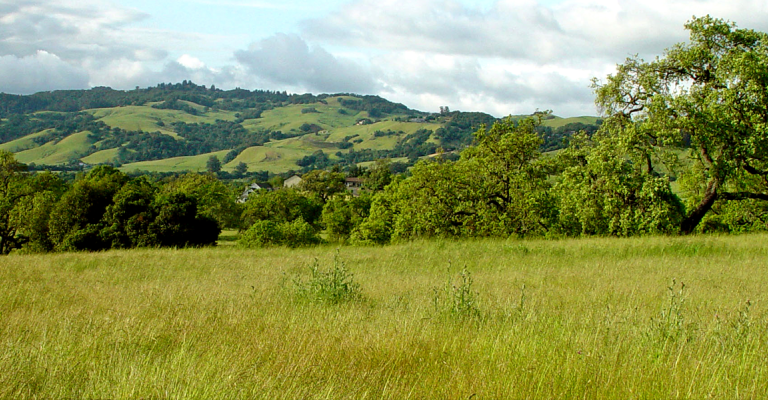Service-Learning in Geography, Environment, & Planning
Service-learning activity usually falls into two categories
Type 1: Teaching/tutoring/sharing knowledge from the class.
Geography students at the State University of New York-Buffalo (SUNY–Buffalo) participated in a multi-faceted neighborhood exposition with elementary school students called the Children’s Urban Geographies (ChUG) project. The SUNY students “were engaged in weekly class meetings centered on reading literature on qualitative, participatory child-centered research and the emerging field of children’s geographies, while simultaneously spending one afternoon a week in community service at an after-school program in Buffalo where they helped with homework, played, observed, and aimed to achieve the role of ‘big friend.’ “ The students engaged with each other in many types of activities including creating a patchwork quilt of their neighborhood using drawings the students drew, taking photo walks where the children documented their neighborhood, using a GPS to indicate things that interested them on their walks and then plotting the points on a map, and writing “ghost stories” which the young students recorded and played back in a “radio show.” It was in the latter activity that one of the SUNY students noted that in the course of reading over thirty “ghost stories” two themes emerged: 1) “Fear is manifested in the people who occupy a place.” and 2) “the absence of people, eg a nowhere-land, makes a place scary.” She reflected that “Children seemed to derive some empowerment from returning to a place that was scary for them the first time they visited it ... the Ghost Stories project demonstrated how children create safe places through narratives about scary places.” At the conclusion of the project all of the data was gathered, analyzed, and cataloged, and as the class professor stated: “the project employs a grounded theory approach to identify themes inductively, to explore empirical and theoretical connections, and to build knowledge.” 1 Student researchers were able to not only gain participant observation experience, but they began to reimagine neighborhood geographies and “piece together a much richer sense” of the environments they were studying through the lens of the children they worked with.
Type 2: Using information from the class to do something with/for a community organization.
Example: Students at Middlebury College in Middlebury, Vermont collaborated with local officials and residents from nearby Salisbury to “develop a strategy for making a proposed new public elementary school a center of a healthy, sustainable community, as well as a place for teaching school children. The college students met with the architects and gave their input into creating a space in which the design features of the “final design of the school were energy conservation via the optimum use of insulation, passive solar energy, natural lighting, and smart technologies.” Many of the students “expressed thanks for being given the opportunity to make a substantial contribution to the town and planet, and felt confident of their ability to bring about even greater change during the rest of their lives.” 2
Michelle Goman, [email protected], has instructed several service-learning classes and may be willing and able to share advice.
Please contact [email protected] for more information.


